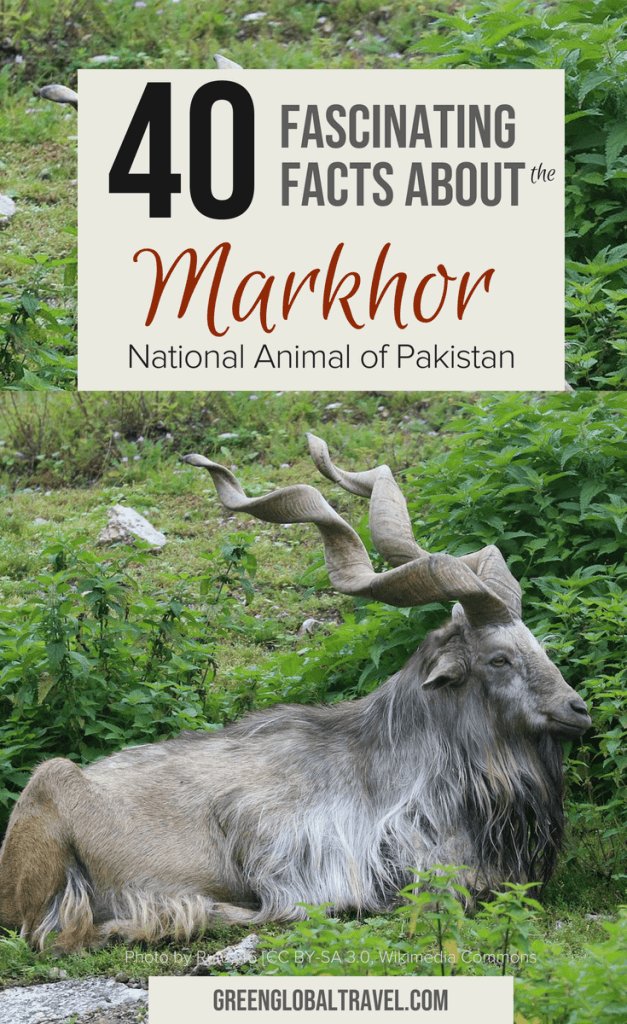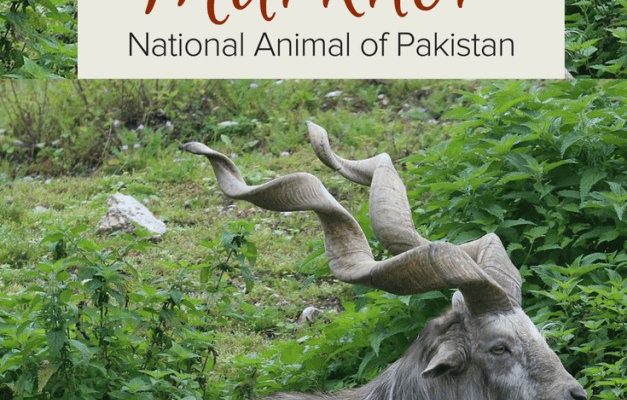
Think of conservation as a balancing act. On one side, we have the vibrant life of the markhor, while on the other, there are the pressures of human activity, habitat loss, and climate change. Understanding the markhor’s situation not only sheds light on this stunning creature but also illuminates broader concerns about biodiversity and ecological health.
What is the Markhor?
The markhor (Capra falconeri) is known for its impressive spiraled horns and striking appearance. In fact, its name comes from Persian, meaning “snake-eater,” which reflects the markhor’s habitat and its old folklore. These wild goats are primarily found in the mountainous regions of Afghanistan, Pakistan, and parts of India, where they thrive at elevations of 2,500 to 3,600 meters.
With their long, shaggy coats and strong, muscular builds, markhors are perfectly adapted to their harsh environments. There are two main subspecies of markhor: the Screw-Horned Markhor and the Straight-Horned Markhor. Each variant boasts unique features, with the screw-horned type’s twisting horns reaching up to 1.5 meters in length. Imagine that!
To put it into context, markhors play a vital role in their ecosystems. They help maintain the health of the mountainous grasslands by grazing on grasses and shrubs. This grazing prevents overgrowth and allows various plants to thrive, which in turn supports other wildlife.
Why are Markhors Endangered?
So, what’s pushing the markhor towards the edge of survival? A few key factors come into play here. First off, habitat loss is a major culprit. As human populations grow, the land where markhors live is often changed for agriculture, settlements, or development. This not only reduces their living space but also fragments their habitat, making it tougher for them to find food and mates.
Another big threat is poaching. These goats are hunted for their horns, which are prized in some cultures, and for sport. Sadly, illegal hunting can dramatically reduce their population numbers.
Lastly, climate change is an emerging challenge. As temperatures rise and weather patterns shift, the markhor’s mountain habitats can be affected, which could lead to further food shortages or make them more susceptible to disease. Here’s the thing: all these threats are interconnected, creating a complex situation that makes conservation efforts crucial.
Global Conservation Efforts for the Markhor
Recognizing the importance of conserving the markhor, several organizations and governments are joining forces. One success story comes from Pakistan, where conservation programs have been implemented. National parks and protected areas, like the Khunjerab National Park, serve as safe havens for markhors, allowing their populations to recover.
Local communities are also getting involved. By promoting eco-tourism and providing incentives for protecting wildlife, these programs help to ensure that people see the value in preserving natural habitats. It’s a win-win situation where both humans and markhors benefit.
Additionally, international organizations like the World Wildlife Fund (WWF) are playing essential roles. They not only support on-the-ground conservation efforts but also work on raising awareness around the importance of preserving the markhor and its habitat. These collaborations remind us that every action we take—big or small—can contribute to the survival of this fantastic species.
The Role of Local Communities in Conservation
Involving local communities in conservation efforts is a game-changer. When people living near markhor habitats understand the importance of these animals, they are more likely to participate in conservation programs. It’s about creating a sense of ownership.
For instance, community-based wildlife management programs allow locals to manage and protect markhor populations while earning income through hunting permits or eco-tourism. By linking conservation to economic benefits, communities often become passionate advocates for the markhor.
Engaging local youth in education about the markhor’s significance can also change the narrative. These students often become the future leaders and guardians of the environment, helping to ensure that markhors continue to roam the mountains for generations to come.
Challenges Ahead: What Needs to Be Done?
Despite the positive strides in conservation, challenges remain. The key hurdle is ensuring ongoing funding for these programs. Conservation can be an expensive endeavor, and without consistent support, efforts to protect the markhor could falter.
Additionally, addressing climate change at a broader scale is essential. Collaborative efforts between countries to reduce carbon footprints and protect natural resources can help safeguard the environments where markhors thrive.
Awareness-raising campaigns must also continue. Many people aren’t even aware of the markhor or its endangered status. Social media, educational programs, and partnerships with influencers can amplify these messages and garner support for conservation initiatives.
Is the markhor endangered? Yes, but there is hope. With increased awareness and dedicated efforts, we can help ensure that this magnificent creature continues to grace the mountains of Central Asia. By supporting conservation initiatives and engaging communities, we can create a better future not only for the markhor but for all wildlife.
The markhor reminds us of the beauty and complexity of nature. Every creature plays a role in the intricate web of life, and it’s up to us to protect them. So, next time you think about wilderness conservation, remember the markhor and the importance of balancing our needs with the needs of the planet. Together, we can make a difference.

